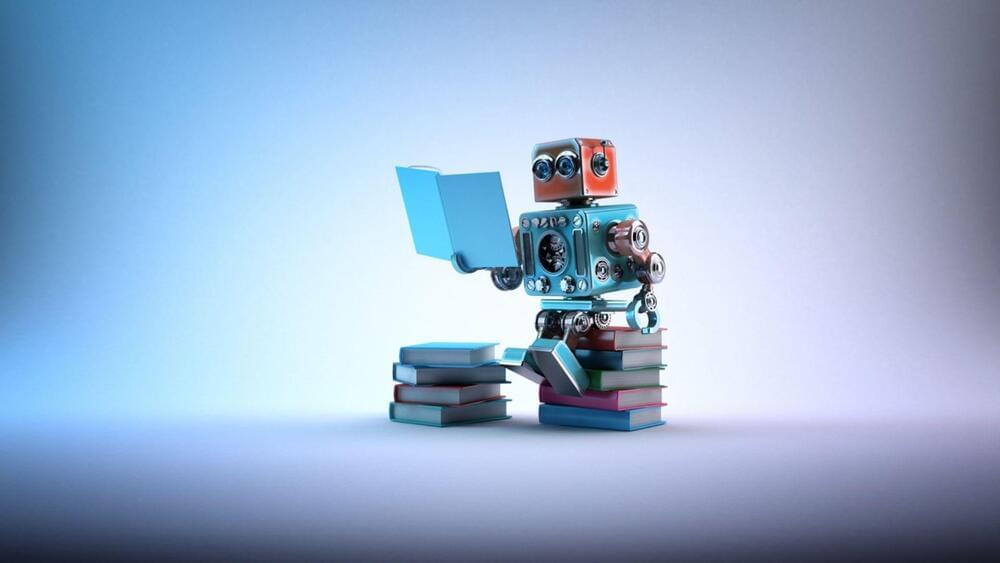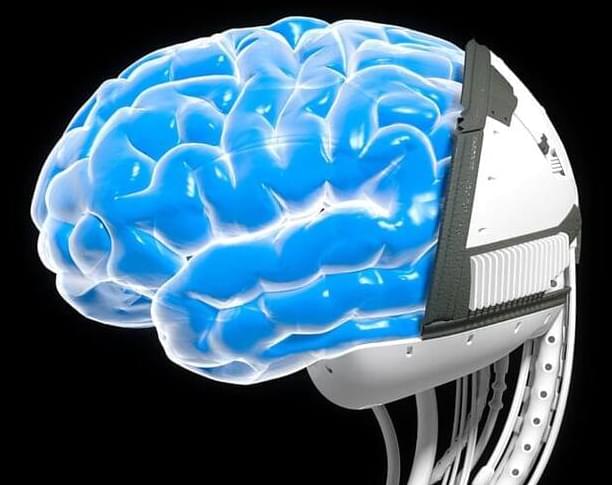Human DNA is easy to find in the environment, with samples of such good quality it can identify individual people. That’s both a boon and a burden for researchers.
A new study out of the University of Florida has found that human DNA samples, some of extremely high quality, are easily found in the environment wherever researchers looked, offering both a bounty for scientific research but also an ethical dillema not easily solved.
Shutter2U/iStock.
In a paper published this week in Nature Ecology and Evolution, the researchers from the University of Florida’s (UF) Whitney Laboratory for Marine Bioscience and Sea Turtle Hospital took environmental DNA (eDNA) samples from water, soil, and air collections in its ongoing study of viral cancers among sea turtles, and looked for human DNA among the turtle DNA the team had already been collecting.









